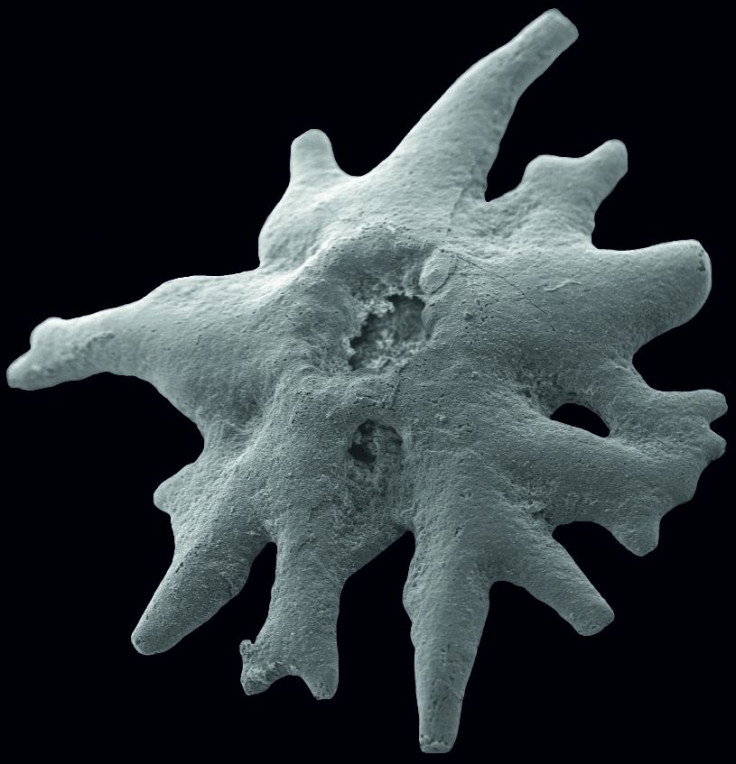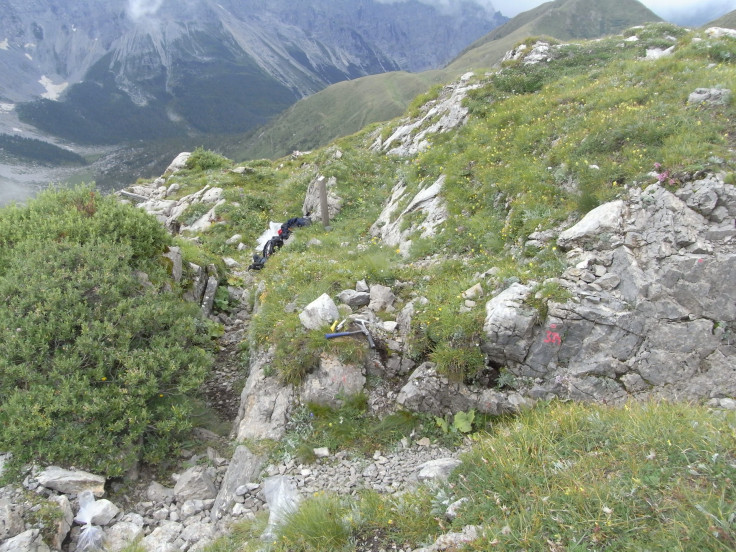Fossils Found By Accident Show Evolution Of Early Marine Life On Earth
When soldiers were digging trenches in World War I, they had no idea they would be exposing rock that would tell us about the evolution of life on Earth. But in the Austrian Alps, those trenches revealed a rock formation in which scientists have found crucial fossils.
According to a study in the journal Geologica Acta, researchers found rare fossils of young crinoids in the limestone and iron oxide of the Cardiola Formation, on the border of Italy and Austria.

Crinoids are a bunch of marine invertebrates, known for their “somewhat cup-shaped body and five or more flexible and active arms” with feather-like appendages, Encyclopaedia Britannica explains. Thousands of crinoid species have come and gone, but hundreds still swim the Earth, including sea lillies, which are descended from the ones whose fossils were discovered at the Cardiola Formation.
Read: Ancient American Teen Gave Birth Before Falling to Her Death
The Ohio State University, whose earth science professor co-authored the research, says the 425-million-year-old fossils tell us about how early life evolved on Earth — in oceans in particular. Although most crinoid fossils are from “spindly, plant-like animals anchored to sea floor rocks,” the 1 to 4 millimeter star-shaped parts of these crinoids that the scientists dug up were used to grab and hold onto objects but were not found attached to anything. This implies that what they were gripping was not rock, but rather something floating in the water, such as algae or a creature like a cephalopod — a group of marine animals that today counts squids and cuttlefish among its ranks. Attaching to something moving means the crinoids could have been hitching a ride that “carried them far away from where they formed as larvae,” and it is a behavior opposite to how its distant descendants, the sea lillies, act today.

“We now have important information about the behavior of these ancient organisms, and a clue as to why they had such a wide geographic distribution,” the OSU professor, William Ausich, said in the university statement.
Apart from arousing simple curiosity about the history of life on Earth, the fossils may hold clues as to how the animals survived “millions of years of climate changes to become the sea lilies we know today,” OSU said.
See also:
© Copyright IBTimes 2024. All rights reserved.





















